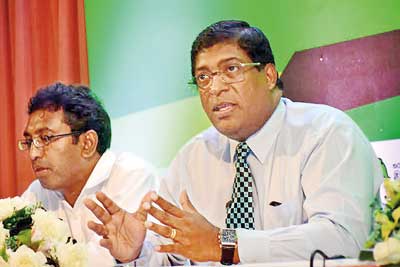03 Aug 2015 - {{hitsCtrl.values.hits}}
 Interest rates on foreign borrowings will be brought down significantly via debt restructuring following the upcoming election, Finance Minister Ravi Karunanayake said.
Interest rates on foreign borrowings will be brought down significantly via debt restructuring following the upcoming election, Finance Minister Ravi Karunanayake said.
27 Nov 2024 1 hours ago
27 Nov 2024 1 hours ago
27 Nov 2024 1 hours ago
27 Nov 2024 2 hours ago
27 Nov 2024 2 hours ago